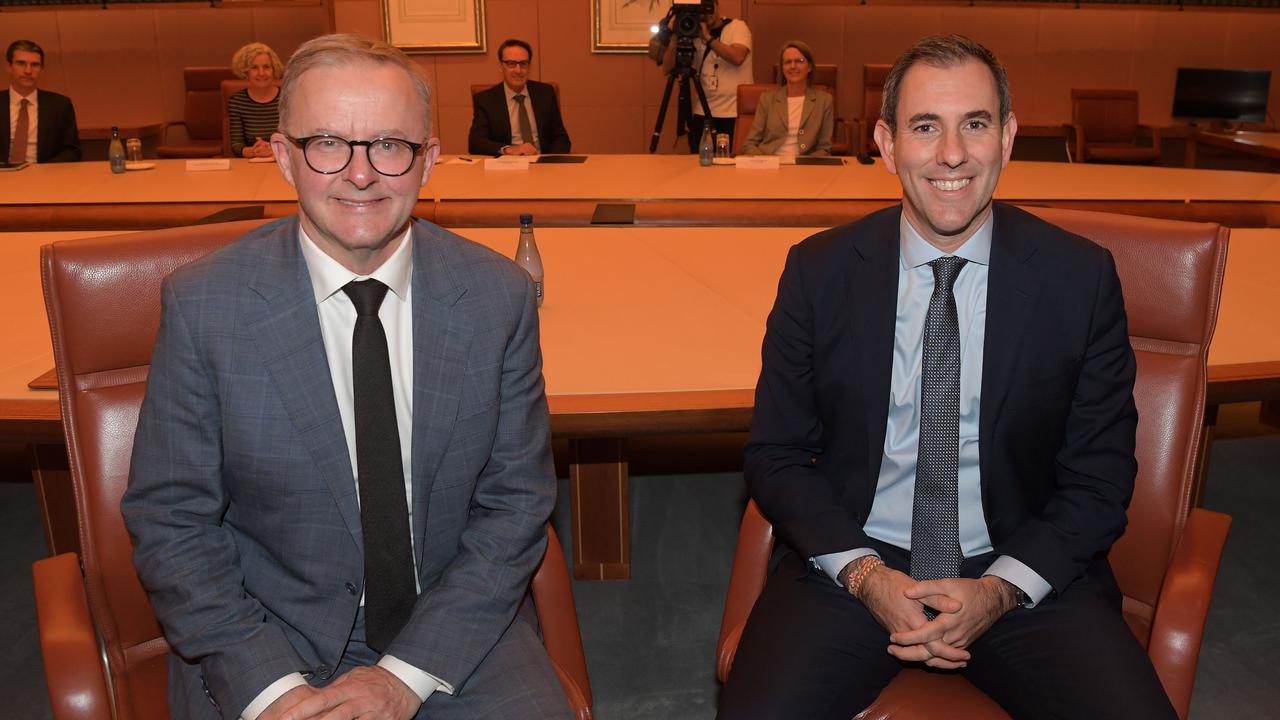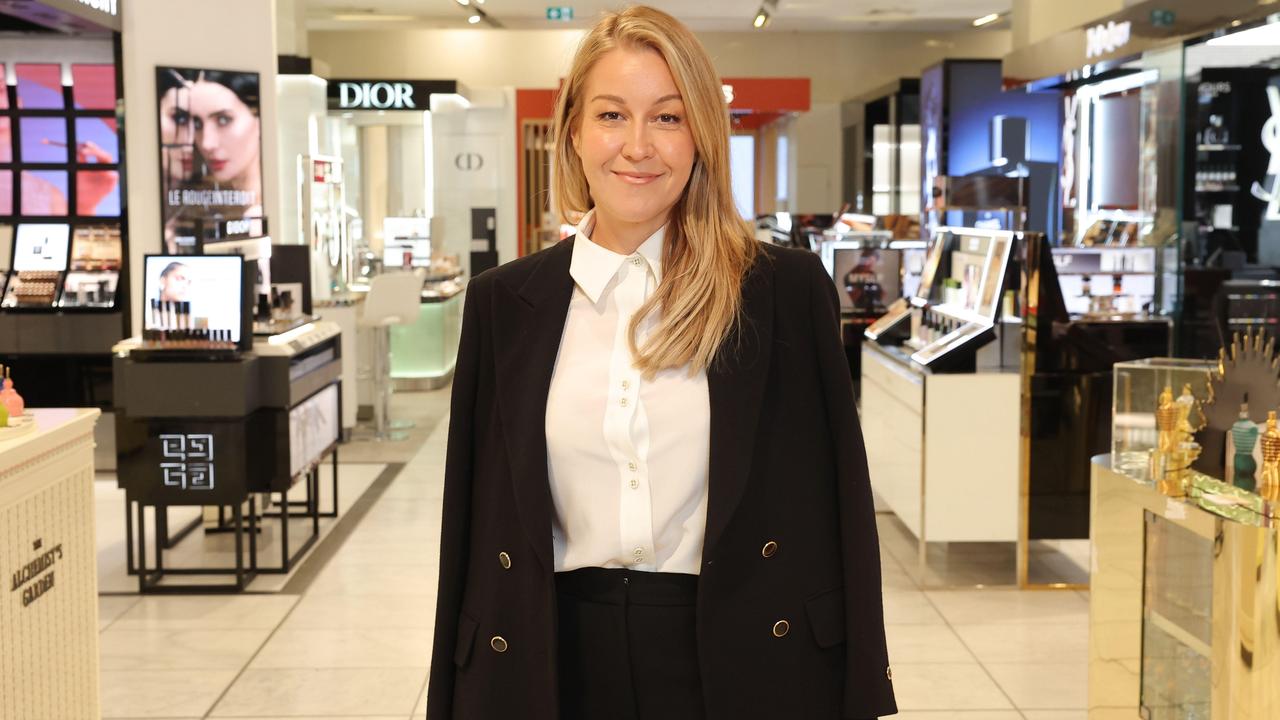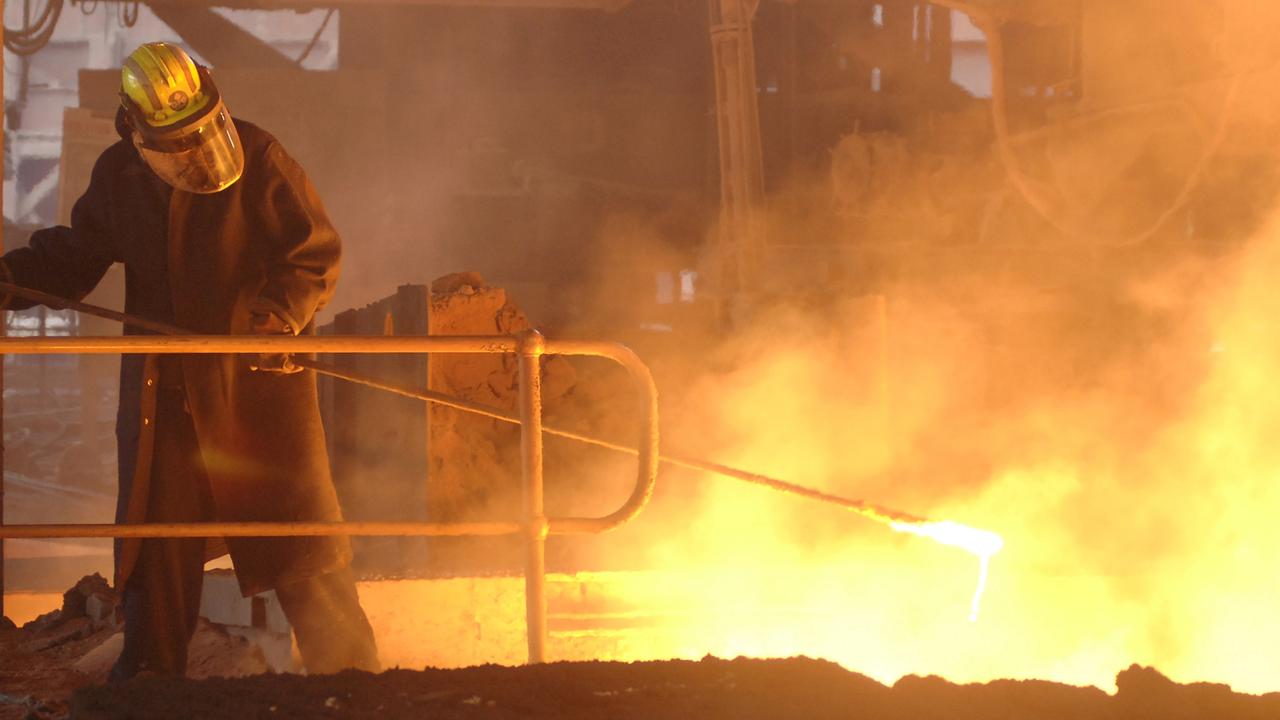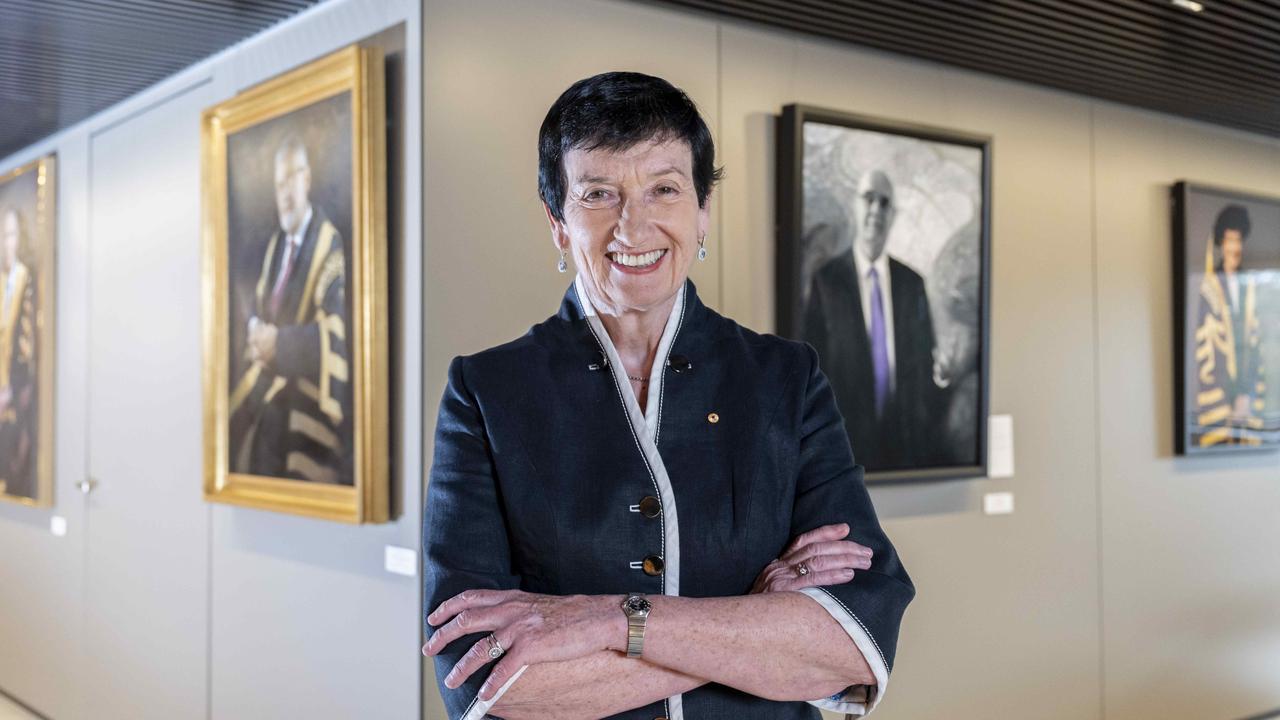Pay rising amid labour crisis, but we’re a long way from a wages wildfire
The PM’s jobs summit will have to confront some hard truths about wages, jobs and the economy.

Business
Don't miss out on the headlines from Business. Followed categories will be added to My News.
There is certainly momentum in wages with large increases mostly where you would expect: construction, mining and engineering. But it is a long way from a nationwide wages wildfire.
Indeed, many workers in the capital cities are now confronting a less certain economic outlook even as their own household costs are surging. When push comes to shove, they are trading off a more aggressive wage claim this year for consistent solid rises over the medium term.
If the current trends hold, Australia might just be able to avoid the worst of a wages-led inflation spiral. Indeed, inflation might be able to peak sooner rather than later, allowing us all to get on with our lives next year without worrying about the threat of more super-sized interest rate rises.
The big risk to this is how inflation settles around agreements that are now giving robust wage rises over the medium term.
Without much-needed productivity gains, this could threaten to entrench inflation in the upper end of a 2-3 per cent band until later this decade.
A jobs and skills summit for early September, outlined jointly by Anthony Albanese and Jim Chalmers, will consider this. For it to be a success, it will have to confront some uncomfortable truths for employers and workers.

It is clear Australia’s skilled labour crisis is worsening, as businesses struggle to fill more than 300,000 jobs, according to latest figures from the National Skills Commission. The shortage is the most severe in more than 13 years. Vacancies are consistent across all states and are expected to feed into a sharp jump in jobs for June.
The summit should also be prepared to admit there are deep structural shifts already under way in the economy as well as urgent productivity gains needed to sustain demands for future wages growth.
Big employers have been equally as complicit as unions in trading away productivity gains during wage rounds, and this has made Australian companies internationally lazy.
The hard wins on productivity often involve big capital investments, which is where business has fallen short leading up to the Covid shock. Boards have been held hostage by shareholders demanding unsustainable dividend growth, leaving little to invest.
For workers, technology spending by business and restructuring programs will mean some are going to lose out. But in an economy where unemployment is pushing below 4 per cent, this frees up workers in unproductive industries to land where the skills are needed.
Albanese, in looking for his new Accord, has from the outset acknowledged that productivity is at the centre of how much higher wages the economy can afford.
“We know that the way that you boost growth without putting pressure on inflation is to ensure that productivity is the real focus,” the Prime Minister says.
“That’s a way to boost profits and boost wages while boosting the economy.”
Relative restraint
A quick scan by The Australian of the flood of enterprise agreements signed between employers and unions that have been lodged with the Fair Work Commission in recent weeks shows relative restraint, compared to the worst fears of employers.
Very few are pushing for the 5.2 per cent the Fair Work Commission last month awarded to 184,000 workers on the minimum wage, although there is a consistent trend of robust wage increases over the next few years.
On the upper end of claims, Sanjeev Gupta’s Tahmoor Coal in NSW on Monday agreed to pay mine workers a 4 per cent increase over this year and next. Then for each of the next two years the increases will match inflation to a cap of 3 per cent.
Workers at waste removal player Cleanaway in Perth have agreed to 6 per cent this year then 4.5 per cent for each of the next two years. This reflects the boom in mining and energy across other parts of the state.

Thales Australia has agreed to pay workers at its Lithgow weapons manufacturing plant 3 per cent for each of the next three years. Engineers for electricity network manager Jemena across Victoria have agreed to a 3.5 per cent increase for each of the next three years. Austral Bricks in Adelaide agreed to a 4 per cent rise this year, then two more years of 3 per cent.
Hunter Valley manufacturer Capral Aluminium has agreed to 2.8 per cent for each of the next three years.
Heavy engineering player UGI has agreed to 3 per cent in Queensland over the next two years. NBN’s professional staff have agreed to 3 per cent, then two bouts of 3.25 per cent.
Workers at Golden Circle’s cannery in Queensland have agreed to 3 per cent then 2.75 per cent and 2.5 per cent.
Finally, workers at Whitehorse Council in Melbourne’s eastern suburbs have agreed to 1.75 per cent this year, then stepping up to 2 per cent over the next two years. On average it’s robust, but hardly the stuff of a killer in the face of the worst inflation in three decades.
Reserve Bank governor Philip Lowe, who has been pushing for modest wages growth in Australia to get the economy moving, last month said wage increases in the 4-5 per cent range would make it harder to return annualised inflation to 2.5 per cent. Lowe urged wage increases of 3.5 per cent as an “anchoring point” to keep inflation in check.
Tight labour
Senior Westpac economist Justin Smirk, one of the leading market economists on labour trends, says growth is under way, but the idea of a rampant wages price bubble at the moment “is a bridge too far”.
“We’re seeing record high job vacancies … it’s an incredibly tight labour market which is testing the boundaries of what’s normal in the economy,” Smirk says.
“In this environment that is wage positive and you would expect wages to be recovering out of what we saw in the Covid period, which was pretty minimal, and maybe adding a bit more to it.”
A third pillar to watch in the jobs market will be the informal bargaining sector that is negotiated by individuals mostly for a promotion. Here wages went backwards during the Covid-19 period after taking into account inflation.
While Australia has been grappling with a productivity problem, the settings now are right for company boards to start spending on their own businesses again.
“We’re about to see higher wages than the last decade … this should inspire higher growth in productivity because businesses will be forced to invest if they want to grow output,” Smirk says.







